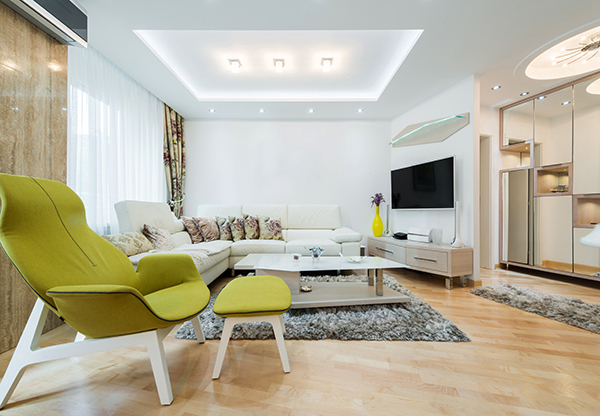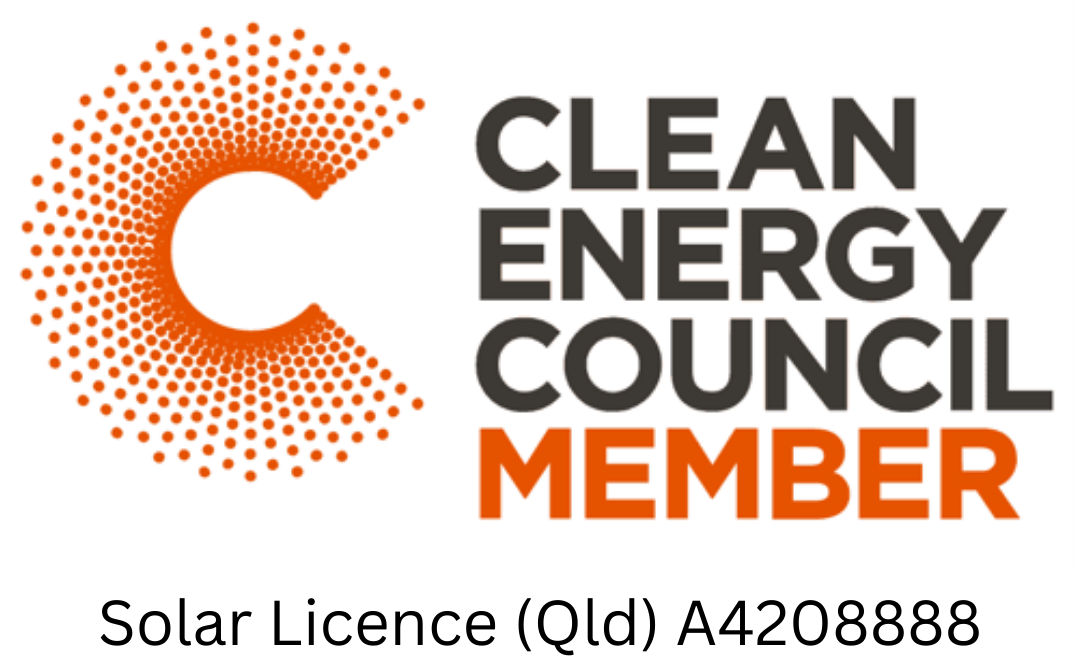5 September 2017
Benefits Of Energy Efficient Lighting
Electric lighting burns up to 25% of the average home energy budget.
The electricity used over the lifetime of a single incandescent bulb costs 5 to 10 times the original purchase price of the bulb itself.
Light Emitting Diode (LED) and Compact Fluorescent Lights (CFL) bulbs have revolutionised energy-efficient lighting.
Energy Efficient Lighting Brisbane
LED s are small, very efficient solid bulbs. New LED bulbs are grouped in clusters with diffuser lenses which have broadened the applications for LED use in the home. LED technology is advancing rapidly, with many new bulb styles available. Initially more expensive than CFLs, LEDs bring more value since they last longer. Also, the price of LED bulbs is going down each year as the manufacturing technology continues to improve.
LEDs (Light Emitting Diodes) are solid light bulbs that are extremely energy-efficient. When first developed, LEDs were limited to single-bulb use in applications such as instrument panels, electronics, penlights and, more recently, strings of indoor and outdoor Christmas lights.
Manufacturers have expanded the application of LEDs by “clustering” the small bulbs. The first clustered bulbs were used for battery-powered items such as flashlights and headlamps. Today, LED bulbs are made using as many as 180 bulbs per cluster, and encased in diffuser lenses that spread the light in wider beams. Now available with standard bases which fit common household light fixtures, LEDs are the next generation in home lighting.
The high cost of producing LEDs has been a roadblock to widespread use. However, due to new manufacturing procedures, this promises to bring LEDs into competitive pricing with CFLs and incandescents. LEDs may soon become the standard for most lighting needs.
Benefits of LED Lighting.
Long-lasting – LED bulbs last up to 10 times as long as compact fluorescents, and far longer than typical incandescents.
Durable – since LEDs do not have a filament, they are not damaged under circumstances when a regular incandescent bulb would be broken. Because they are solid, LED bulbs hold up well to jarring and bumping.
Cool – these bulbs do not cause heat build-up; LEDs produce 3.4 btu’s/hour, compared to 85 for incandescent bulbs. Common incandescent bulbs get hot and contribute to heat build-up in a room. LEDs prevent this heat build-up, thereby helping to reduce air conditioning costs in the home.
Mercury-free – no mercury is used in the manufacturing of LEDs
More efficient – LED light bulbs use only 2-17 watts of electricity (1/3rd to 1/30th of Incandescent or CFL). LED bulbs used in fixtures inside the home save electricity, remain cool and save money on replacement costs since LED bulbs last so long. Small LED flashlight bulbs will extend battery life 10 to 15 times longer than incandescent bulbs.
Cost-effective – Although LEDs are initially expensive, the cost is recouped over time and in battery savings. LED bulb use was first adopted commercially, where maintenance and replacement costs are expensive. But the cost of new LED bulbs has gone down considerably in the last few years. and are continuing to go down. Today, there are many new LED light bulbs for use in the home, and the cost is becoming less of an issue.
Light for remote areas and portable generators – because of the low power requirement for LEDs, using solar panels becomes more practical and less expensive than running an electric line or using a generator for lighting in remote or off-grid areas. LED light bulbs are also ideal for use with small portable generators which homeowners use for backup power in emergencies.
LED Lighting Brisbane
For more information on converting to energy-efficient lighting give our experienced team a call on 1300 762 260 or complete our Enquiry Form.
Suggested articles
No articles found









